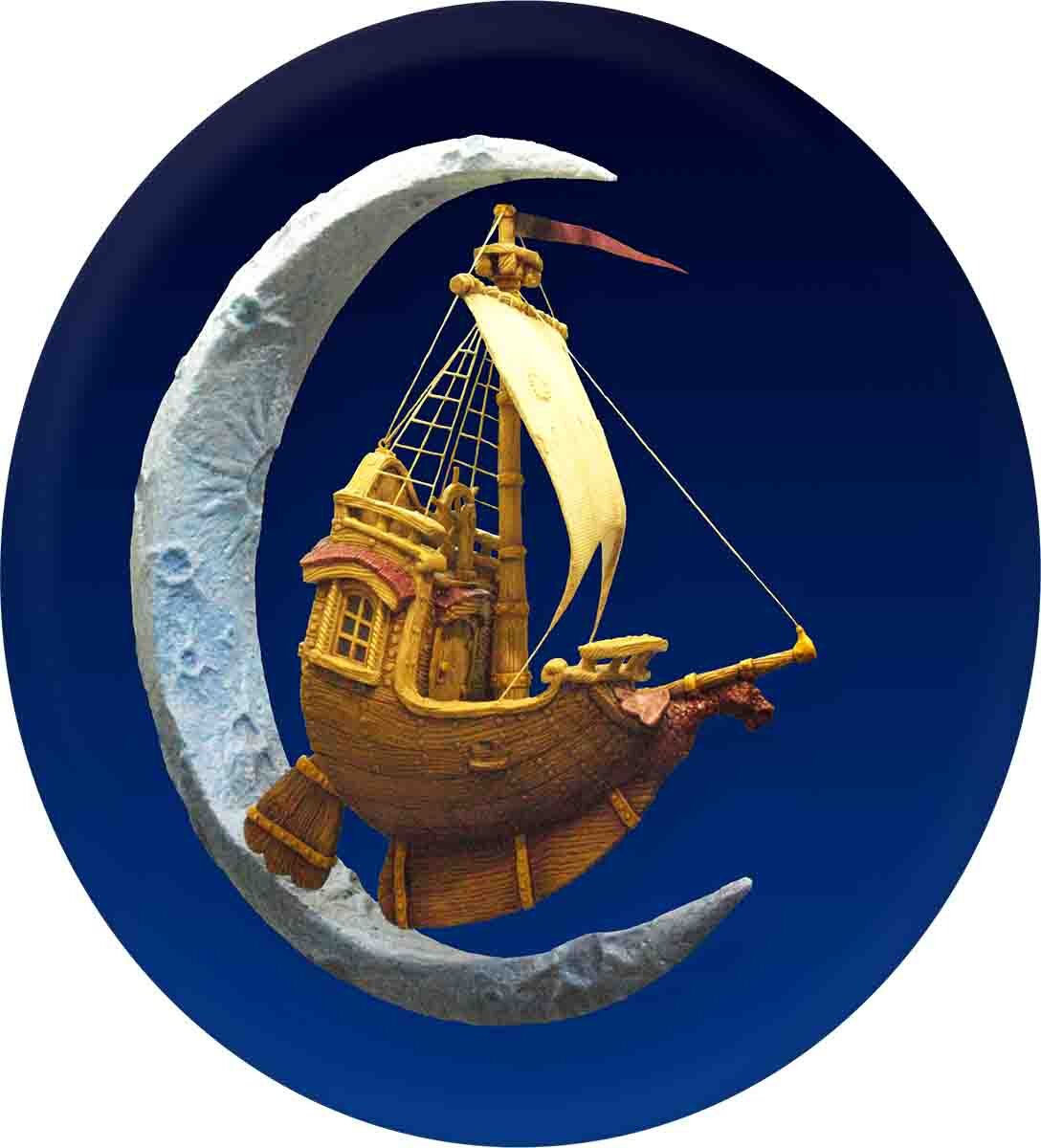Four axis routing is very similar three axis machining. Instead of moving the router head across the table (X axis) the rotary axis rotates the work in minute degrees while the spindle travels up and down the piece in the horizontal and vertical planes. Y & Z axis).
The real trick is understanding how rotating the piece will change how we design it.
For the most part we build the designs as we always have. However, we need to ensure that both sides of the design must match. (Because they must line up when the design is “wrapped” around a center line.
The second thing to remember is that the further we get from the center axis (ie. the more “3D” the piece is) the more things will stretch out when they are wrapped. The key here is to do a little math to figure out the finished circumferences.
There are formulas to calculate the amount of stretching that will occur at each distance from the centre but frankly, we tend to do this by eye based on our hands-on experience. All this is definitely a little trickier than flat work!
We want the middle section of the ballon to be much fatter than the ends — like a football. And, we also want it to look a bit like an overstuffed quilt — like it is covered in little pillows.
We will route the cones separately. Since the ends taper to almost point a lot of material and machine time would be used up for little effect by having them attached.
Our block of Precision Board is 14 inches square on the ends and 20 inches long. The balloon will taper to a 6" diameter on the ends. So, the circumference is 6" X 3.1416 = 18.8496". Thus, the plate for the balloon measures 18.8496 inches wide by 19 inches high.
We started the balloon’s design with diamond shaped vectors (for the “pillows”) and a rectangular vector (for the balloon).
When we built the diamond shaped grid, we made sure the corners of the diamond shapes went through the corners of the rectangle (so that everything will line up when it is wrapped).
We pulled these lines to the side and used the jigsaw tool to extract the diamonds as individual shapes, then deleted the lines. Then we used the offset tool to create even smaller diamonds inside those. These are the basis for the balloon’s puffy pillow shapes.
Then we deleted the lines — leaving the smaller diamonds intact.
After that, we drew an oval in the centre of the rectangle. This is where the balloon will hook up to the hot air pipe from the gondola. We used the jigsaw tool to trim the surrounding diamonds to fit.
Next, we created a relief using the rectangle and built the puffy diamonds using the dome tool. (Unfortunately, we neglected to get a screen shot of this stage but you can see the results a few pictures down.)
The next step was to build up the centre of the ballon to give it the shape of an inflated football. We wanted a 3" high arc so we built a 3" x 19" box. (We used this as a guide to create a curved vector line which would be used with the sweep two rails tool.) We also created two vertical vector lines that hug each side of the relief. (These would be our “rails.”)
So, we used sweep two rails to create a mesh. And, once we added the mesh to the relief it formed the arch we wanted.
However, when we lchecked our measurements at this point, we realized we had made a mistake. For some reason, we had made the file only twelve or so inches high instead of the required 18.8496." Happily, it was a simple matter to stretch it to the correct height.
The 3D view gives a better feel for what our balloon looks like at this point. The end towards the viewer will wrap around to meet the other side and form the balloon shape we want.
To run the file on our four axis CNC router, we tool pathed the file, in EnRoute, as we would any conventional 3D file. We used a half inch ballnose bit with a 50% overlap for the rough pass and a 3/8" ball nose bit with a 90% overlap for the fina passl. All speeds were set at 300 inches per minute.
Below you can see a wireframe simulation (side view) of the balloon as it will look when it is cut.











